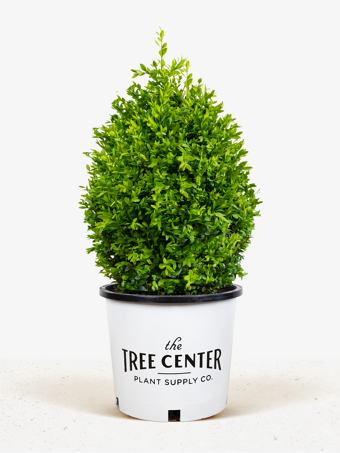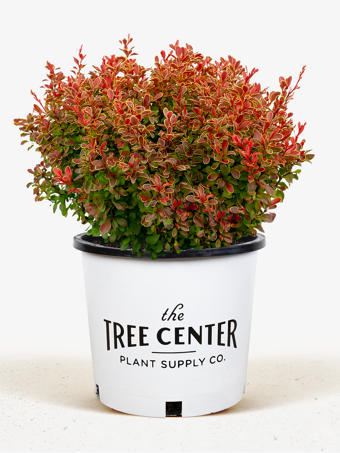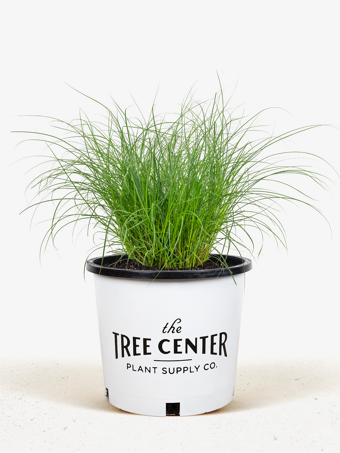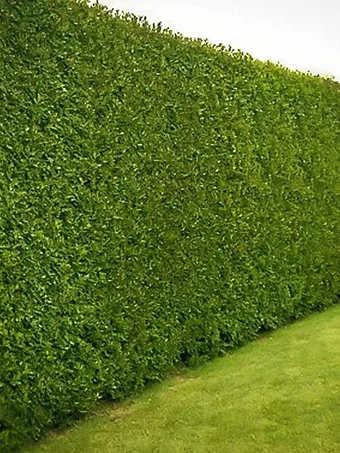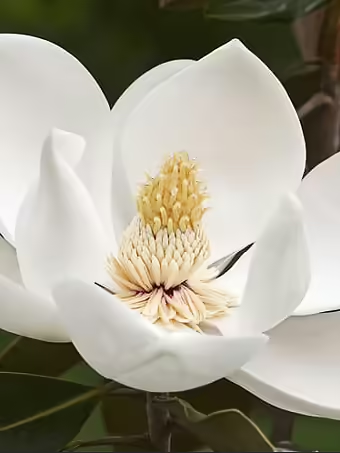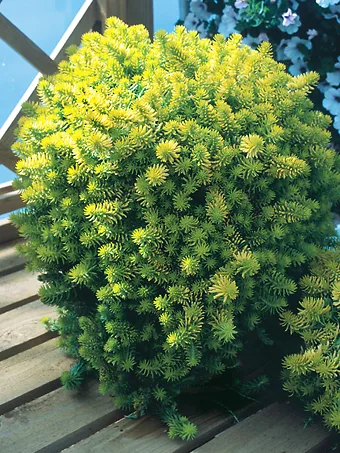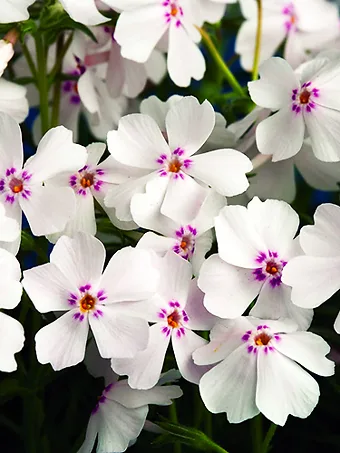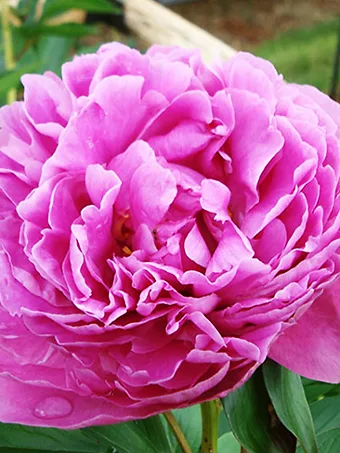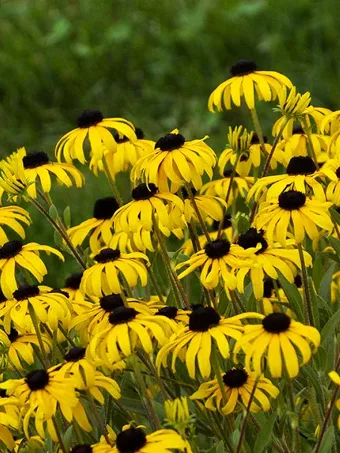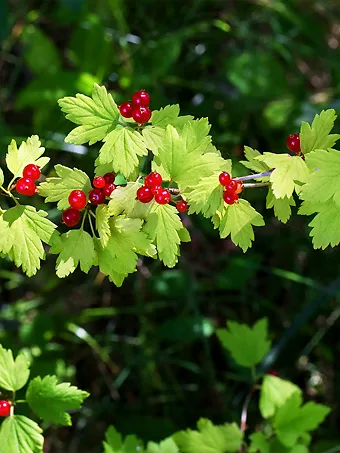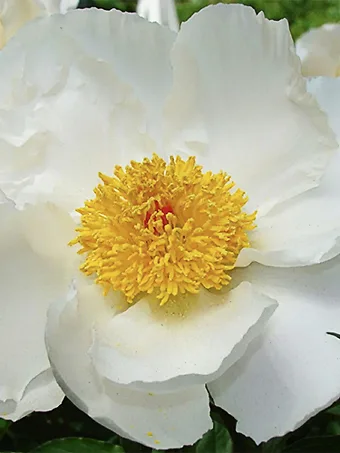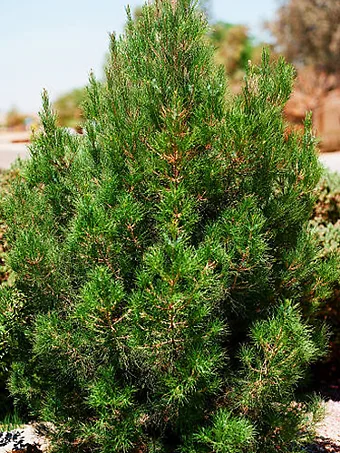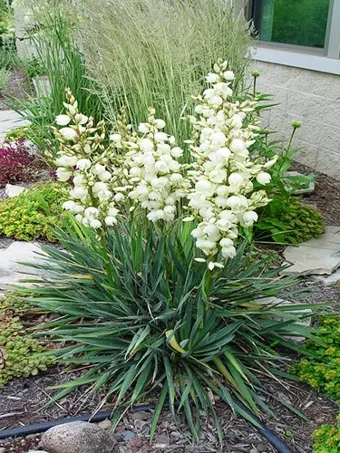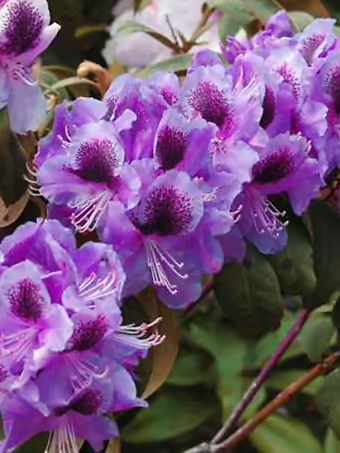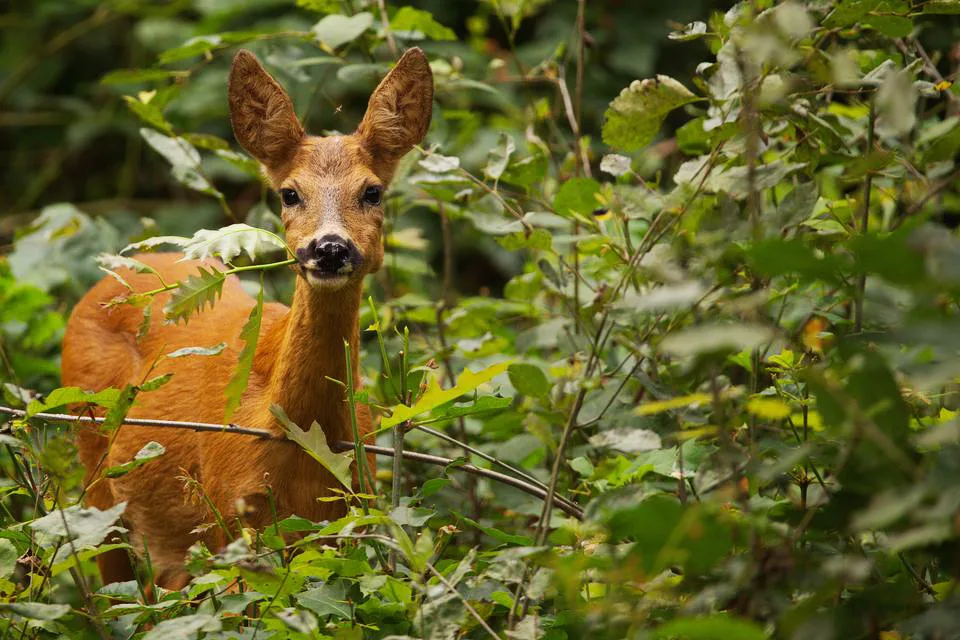
Written by s • Deer Resistant Trees and Shrubs
As winter turns to spring, many gardeners are out inspecting their gardens, and all too often they are finding plants damaged by winter. Cold and ice is one thing, but when animal damage is spotted, it can be particularly demoralizing. Of course, we can hardly blame the animals, who only want to survive, but when we see plants chewed to the ground, stripped off lower foliage, or with no bark left, it is hard not to seek revenge.
Rather than trying to keep out the wildlife, a better approach is to modify what you plant. There may be lots of plants loved by your wild neighbors, but there are plenty more that they avoid. When replacing damaged plants, the line of least resistance suggests that the obvious solution is to choose plants that will be ignored next winter. Check out all of our deer resistant shrubs & deer resistant trees.
What Animals Are We Talking About?
Large animals like deer can cause extensive damage to plants, including hedges and windbreaks. Deer typically graze all the foliage to 4 or 5 feet above the ground – sometimes even more. If you find bark stripped from the base of trees, this is mice or vole damage. Voles are close relatives of mice, and they are also known for their characteristic tunnels under the lawn, where they eat grass roots. Bark damage will usually kill a tree, especially if it is all the way round the trunk. New growth will often come in spring, but then suddenly die as the roots starve.
These animals have different feeding preferences, so it is a good idea to first of all identify the problem. If you anticipate mouse or vole damage, repellant sprays can sometimes help, but these are less reliable for deer, and they need frequent re-spraying.
Deer-Resistant Hedges and Screens
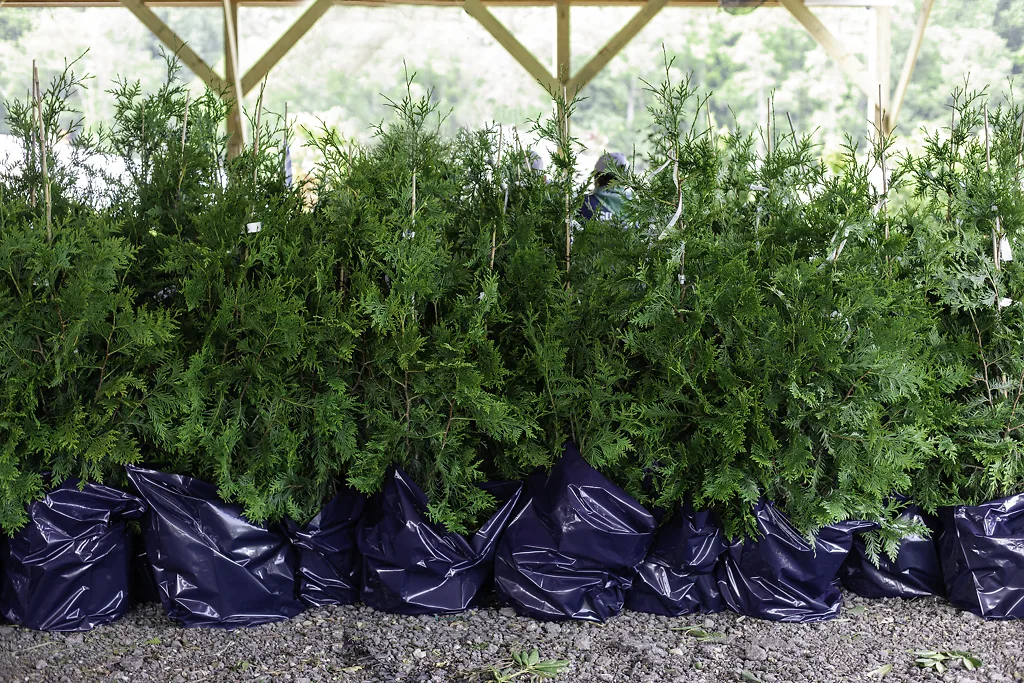
Arborvitae, also known as Thuja, is a popular evergreen for hedges, and conflicting reports are everywhere on how resistant to deer this plant actually is. The confusion arises because there being several species of Thuja, and they show different resistance. White Cedar, Thuja occidentalis, found in Eastern states, is often eaten by deer, but Western Redcedar, Thuja plicata, is normally left alone. Since this is one of the parents of the popular Green Giant Cedar, that plants resistance to deer is well-documented.
For shady areas Hemlock (Tsuga) makes a beautiful hedge that will be left alone by deer. Soft-foliaged Japanese Cedar (Cryptomeria) is also seldom bothered, and they different varieties of this plant are beautiful evergreens for any garden.
Top Deer-Resistant Hedges and Screens
Thuja Green Giant – Because it has genes from the Redcedar, this plant, the best hedging plant you can grow, is also resistant to deer.
Holly (Ilex) – Almost all hollies are left alone by deer. No wonder, with their spiny leaves. Both American holly and the different kinds of Japanese holly are notable for being ignored.
Colorado Blue Spruce (Picea pungens) – Not only wonderful with its dramatic steely blue needles, these trees are left alone. Planted more closely, and trimmed from time to time, they make tough hedges and screening plants
Spartan Juniper (Juniperus chinensis) – As well as making wonderful clipped specimens, this tough juniper grows into a beautiful drought-resistant hedge that animals leave alone.
Deer-Resistant Flowering Trees and Shrubs
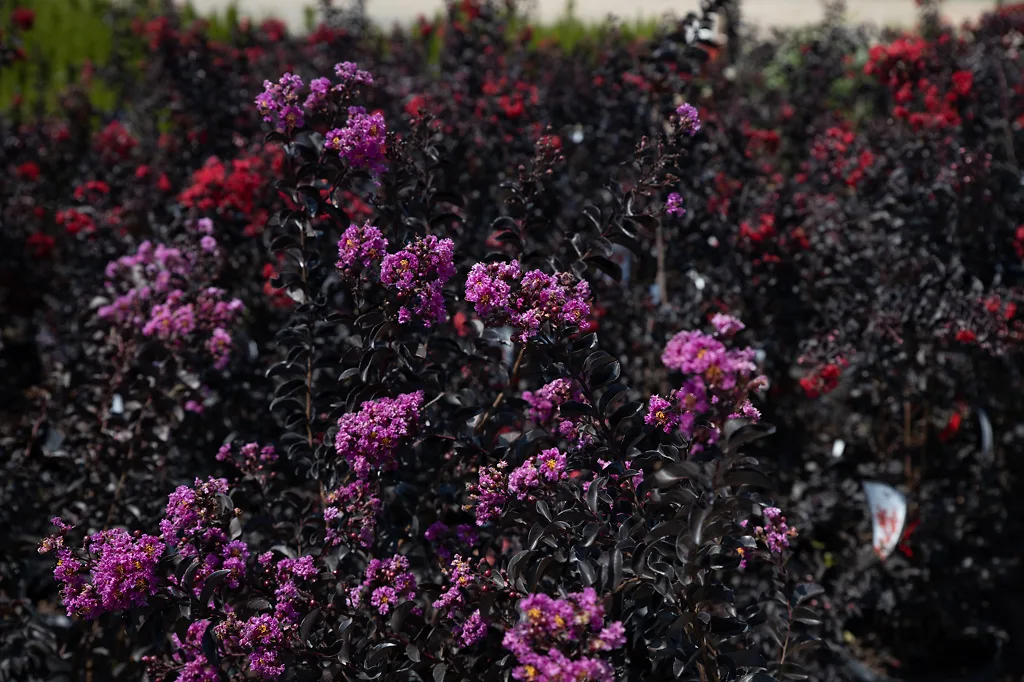
Turning to flowering trees, besides the issue of winter damage, some trees have fruit that attractive deer, or even moose and elk. Apples – the eating kind and crab-apples too – are very popular, and deer will stand on their hind-legs to reach those tasty treats, often breaking branches at the same time. Since the bark of apples is a favorite of mice as well, finding a substitute for them is a good idea.
Cherry and plum trees of all kinds are also popular winter food for deer and mice, so they are not good choices if you have problems with your local wildlife. Here are some ideas for beautiful flowering trees that deer and mice will leave alone.
Top Deer-Resistant Flowering Trees
Crape-Myrtle (Lagerstroemia) – With so many varieties is many colors, these are prime choices if deer are your problem. Their continuous flowering and love of heat are also big positive features.
Magnolia – Both the deciduous and evergreen types of magnolia, with their spectacular flowers, are left alone by deer to bloom in gorgeous white or pinks.
Serviceberry (Amelanchier) – This native shrub has beautiful white flowers in early spring, and edible berries, but it is usually left alone by deer.
Flowering Dogwood (Cornus) – Smothered in white or pink blooms, all the many kinds of these beautiful trees will generally be left alone, as also will the fruits.
Shrubs That Deer Usually Ignore
Many smaller, shrubby plants are also resistant to deer, including Boxwood for hedges and edging, adding another big plus mark to that valuable plant. Other shrubs that are normally ignored include the following garden-worthy plants.
Top Deer-Resistant Shrubs
Forsythia – Deer won’t bother this cheerful favorite, as it welcomes in spring some of the earliest flowers in your garden.
Smoke Tree (Cotinus) – This is another beautiful tree, usually grown in the form with dramatic purple leaves is left alone by these pesky critters.
Dogwood (Cornus) – Speaking of color, the bright red and yellow winter twigs of these shrubby relatives of the flowering dogwood are also ignored.
Oregon Grape Holly (Mahonia) – With their dramatic yellow flower clusters and large, glossy leaves, these shade-tolerant shrubs tolerate deer just as well.
All in all, there are lots of plants to choose from that deer will normally leave alone. Instead of investing in an expensive fence, or spraying repellents all winter, choose the right plants and you can sit back and know that your garden will be safe until spring arrives.
